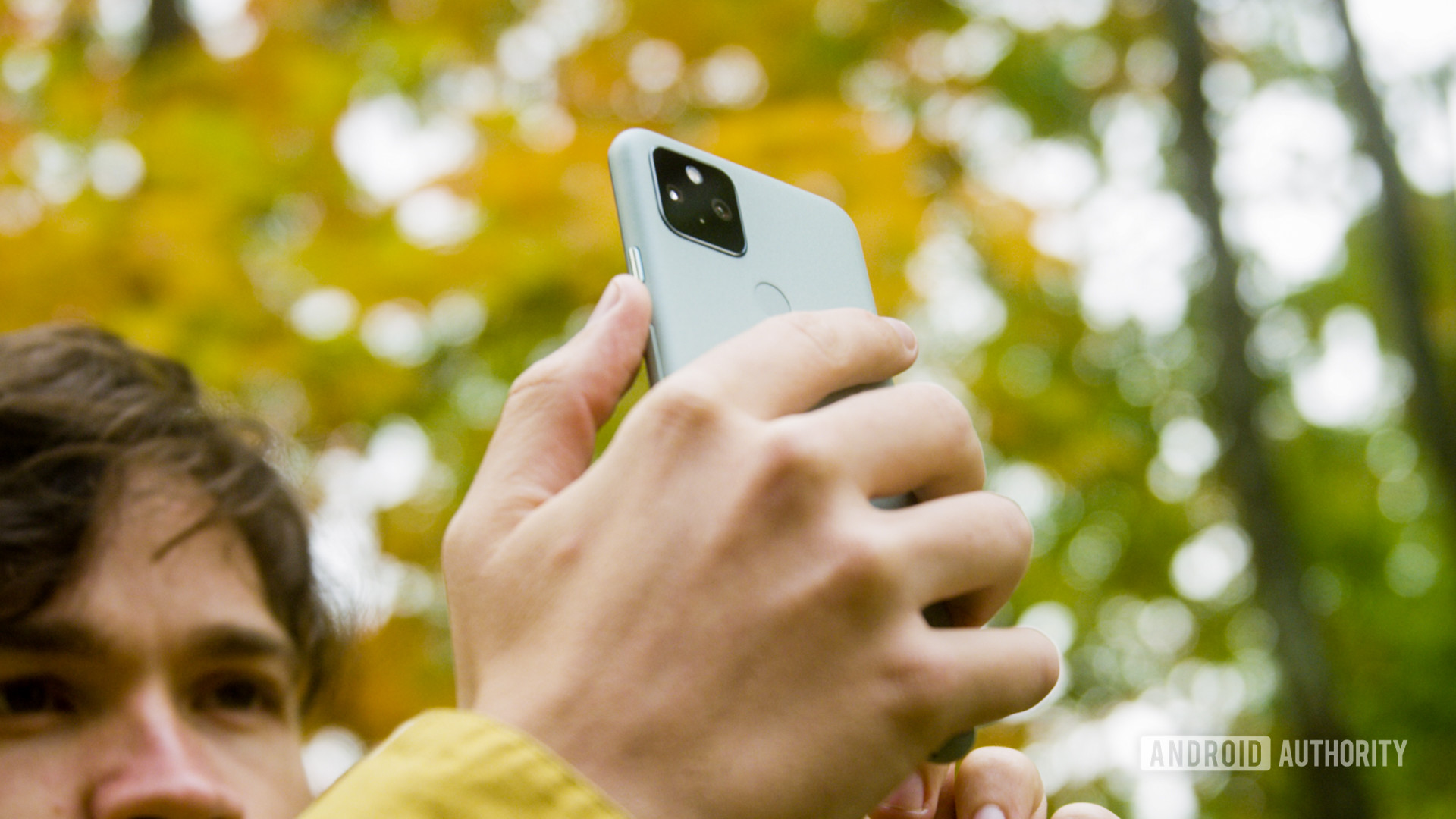Affiliate links on Android Authority may earn us a commission. Learn more.
Google Pixel 5 review second opinion: Battle of the bargains
Google has taken a more affordable approach to smartphone design this year. The Google Pixel 5 costs $100 less than last year’s Pixel 4, sacrificing a few of its higher-end features to do so. Even so, the phone offers a quintessentially Google experience and earned high praise from pundits, including in Android Authority’s own review.
I’ve spent plenty of time snapping pictures with Google’s latest handset and have been using it solidly for the last week as well. Overall, my opinion of the Google Pixel 5 is a bit of a mixed bag. The phone does a lot well, but there’s a lingering feeling that things could have been even better. Whether it’s for you boils down to a few small elements of the phone’s design.
Our verdict: Google Pixel 5 review — The best premium Pixel
Nailing the essentials
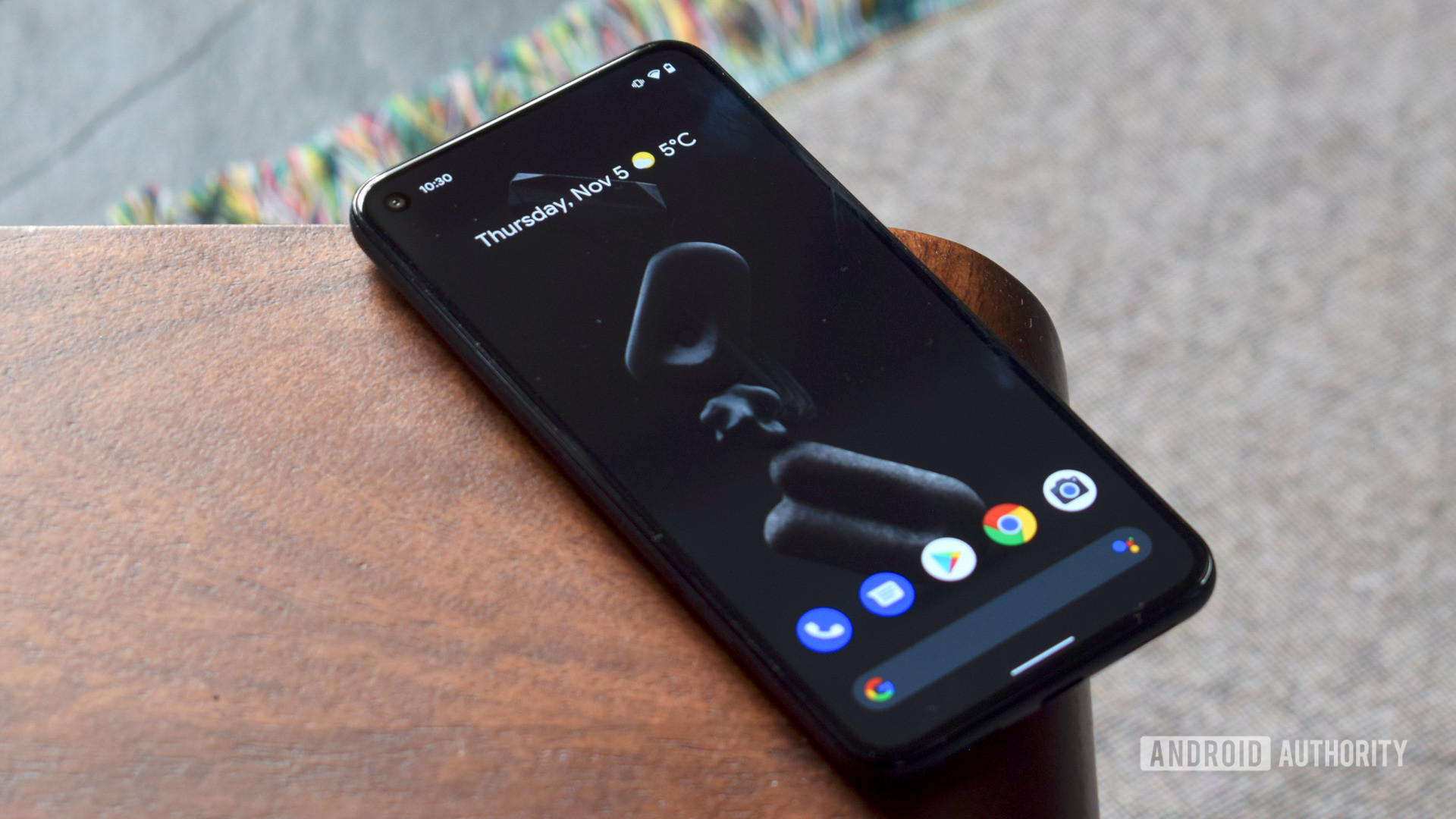
This is a bit of an odd thing to say, but the Google Pixel 5 is a refreshingly honest handset. It doesn’t pretend to revolutionize the mobile formula or double down on gimmicks to stand out from the crowd. The Pixel 5 is built to work. It’s a big success in that regard and at $699 it doesn’t break the bank to do it.
This approach results in a product that nails all the smartphone fundamentals. The great 90Hz display and Snapdragon 765G processor are wonderfully snappy for web browsing, checking email, watching video, etc. More demanding apps and heavy gaming are performance limited, but the Pixel 5 is perfectly fluid for all of your day-to-day activities. Likewise, battery life is solid enough to easily last a full day and beyond with your typical apps. This is a departure from Google’s previous handsets, which sacrificed usability for niche, battery sapping features. Although 5G mmWave networking will drain the latest Pixel’s battery a bit faster if you happen to be on a supported network.
The Pixel 5 proves that benchmarks are increasingly detached from day-to-day performance needs.
If the hardware package falls into the category of “good enough” Google’s software is unequivocally first class.
The Pixel launcher is speedy and lightweight, with Google Assistant integration standing by to open apps, make appointments, send messages, and more. Google’s software fosters tight integration with other apps and services, highlighting the power of the company’s growing hardware and software ecosystem. New Android 11 touches bring Google up to speed on some previously missing features found on many Android skins (such as screen recording) and refine the formula further. I quite like the way Google has revamped the UI controls and notification history. Android 11 is a welcome tweak to an already pretty great operating system.
Just as importantly, Google guarantees software updates and support for at least three years. While you’d expect Android’s gatekeeper to offer the very best software support, there aren’t many manufacturers out there that provide long-term update guarantees for the more affordable segment of the smartphone market.
Overall, I can’t disagree with David’s verdict from our review, “the Google Pixel 5 is genuinely a pleasure to use.” That said, it’s not perfect.
Fudging the details
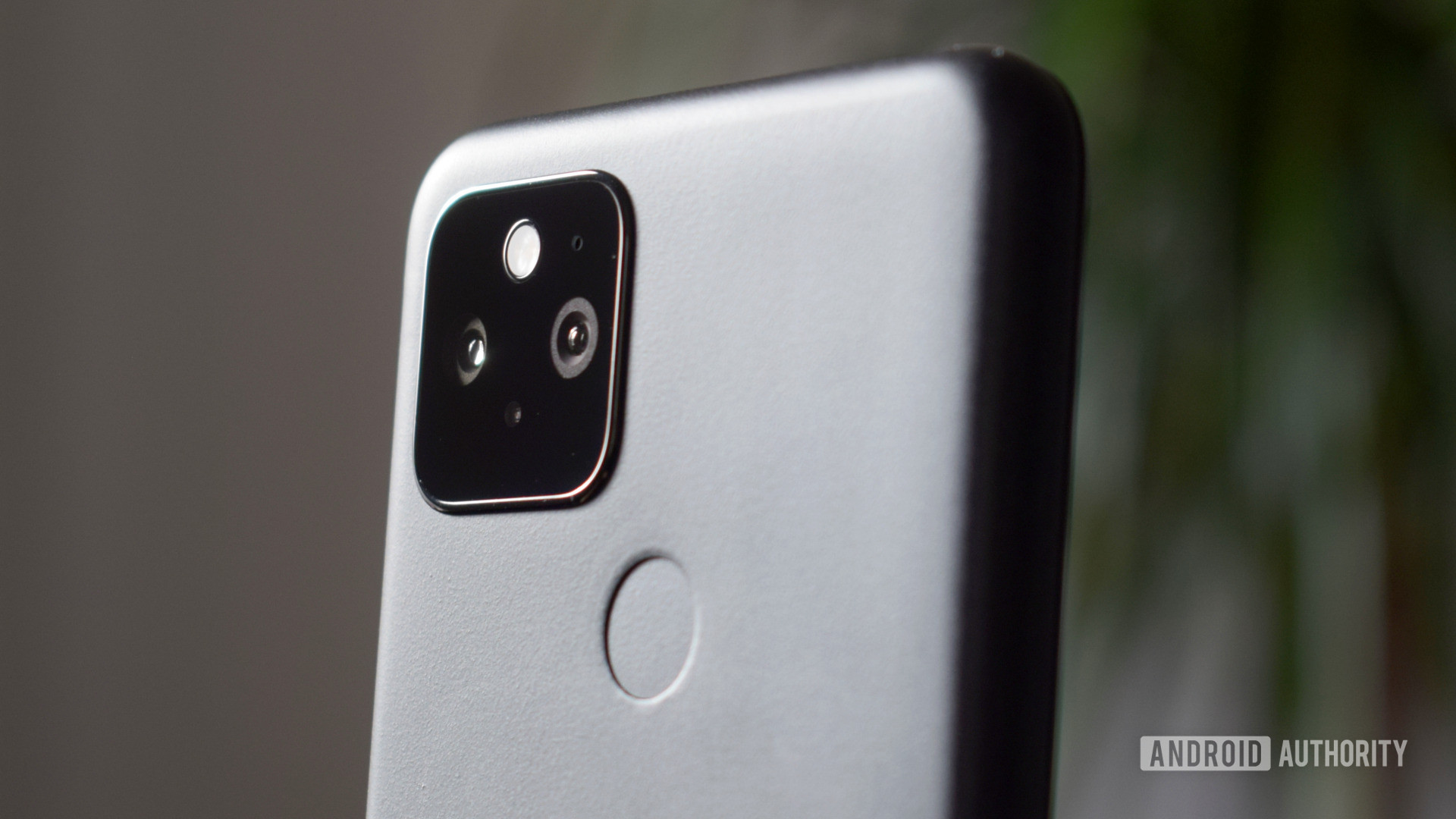
I’m not sold on the Pixel 5’s design. It’s certainly better than the endless stream of glass sandwich clones. I also don’t mind the sturdy “bio-resin” plastic back. However, it’s less sleek than the glass used in previous Pixel designs. The rear fingerprint scanner and overly rounded display edges look dated. The buttons are a bit shallow and don’t provide the feedback you’ll find on other phones.
The phone’s design is perfectly functional and a joy to use in one hand compared to today’s larger models, but compared to the similarly priced Apple iPhone 12 Mini and the Samsung Galaxy S20 FE, the Pixel 5 is rather plain and uninspiring. It’s utilitarian rather than a fashion statement.
Speaking of rival phones, this leads nicely onto the camera. Google’s camera technology remains one of the best in the business when it comes to color, exposure, and night time photography, especially at this price point. But the older hardware is beginning to show its age. This is most notable when compared to the flexibility and consistency offered by triple camera packages that are also becoming increasingly affordable.
The TL;DR is that the Pixel 5’s camera remains a good, often great shooter. But it’s not the absolute best package in the business anymore. It’s high time Google matched its stellar camera software with great hardware. The newly introduced ultra-wide camera is also underwhelming and perhaps not worth the trade-off of losing the telephoto zoom lens.
Even so, Google earns goodwill from me by continuing to provide at least one solid camera, rather than three or four that all underperform. At this price point, the Pixel 5’s pictures certainly won’t disappoint. Check out our in-depth looks at the Google Pixel 5’s photography capabilities below:
The Pixel 4a 5G conundrum
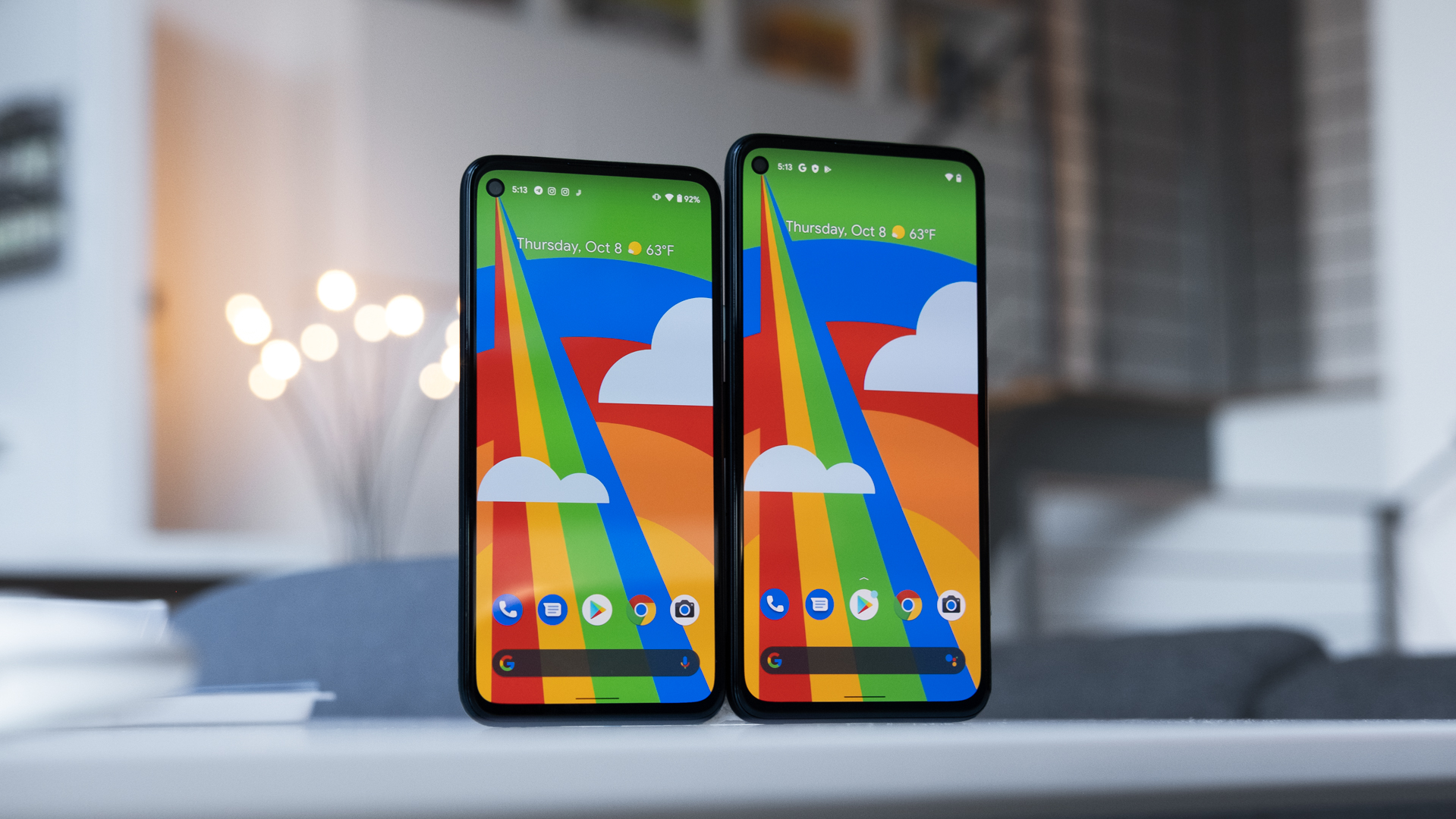
Despite my gripes, the Pixel 5 is a great package. But it also doesn’t exist in isolation. There are definitely a few alternatives to consider, including an extremely similar rival handset from Google itself.
The Pixel 4a 5G offers the same performance, software features, 5G networking, photography setup, and costs $200 less. Although you will miss out on the Pixel 5’s fancier features and 5G mmWave capabilities. That is unless you opt for Verizon’s Pixel 4a 5G UW version with mmWave support. This variant costs $599, making it just $100 cheaper than the Pixel 5. Talk about a confusing product portfolio.
Even so, the Pixel 5 only really comes into its own if you’re going to make use of wireless and reverse charging or care about an IP68 rating and the 90Hz display. I would have preferred faster charging and a more flexible camera setup. But these are more a personal preference than a major complaint about Google’s choices.
See also: Google Pixel 5 vs Pixel 4a 5G vs Pixel 4a: Which should you buy?
In the US, the more costly compulsory addition of mmWave 5G hardware is perhaps harder to overlook. Access to mmWave spectrum remains quite limited, even on Verizon’s network. Other carries have just a few streets worth of support at the moment and that won’t be changing any time soon. With little benefit to most consumers in the here and now, mmWave feels like an unnecessary premium feature tacked onto an otherwise affordable mid-tier phone.
At least with wireless charging, you can go out and buy an accessory if you want to make use of the feature. You can’t guarantee that carriers will bolster their 5G network in your area next year. As a result, budget-oriented consumers will probably prefer the Pixel 4a 5G or even the Pixel 4a 5G UW, while the Pixel 5 isn’t quite high-end enough to compete in the premium-tier. This doesn’t diminish the handset’s strengths but does leave the Pixel 5 looking for a market to fill.
Google Pixel 5 review second opinion: Is the price right?
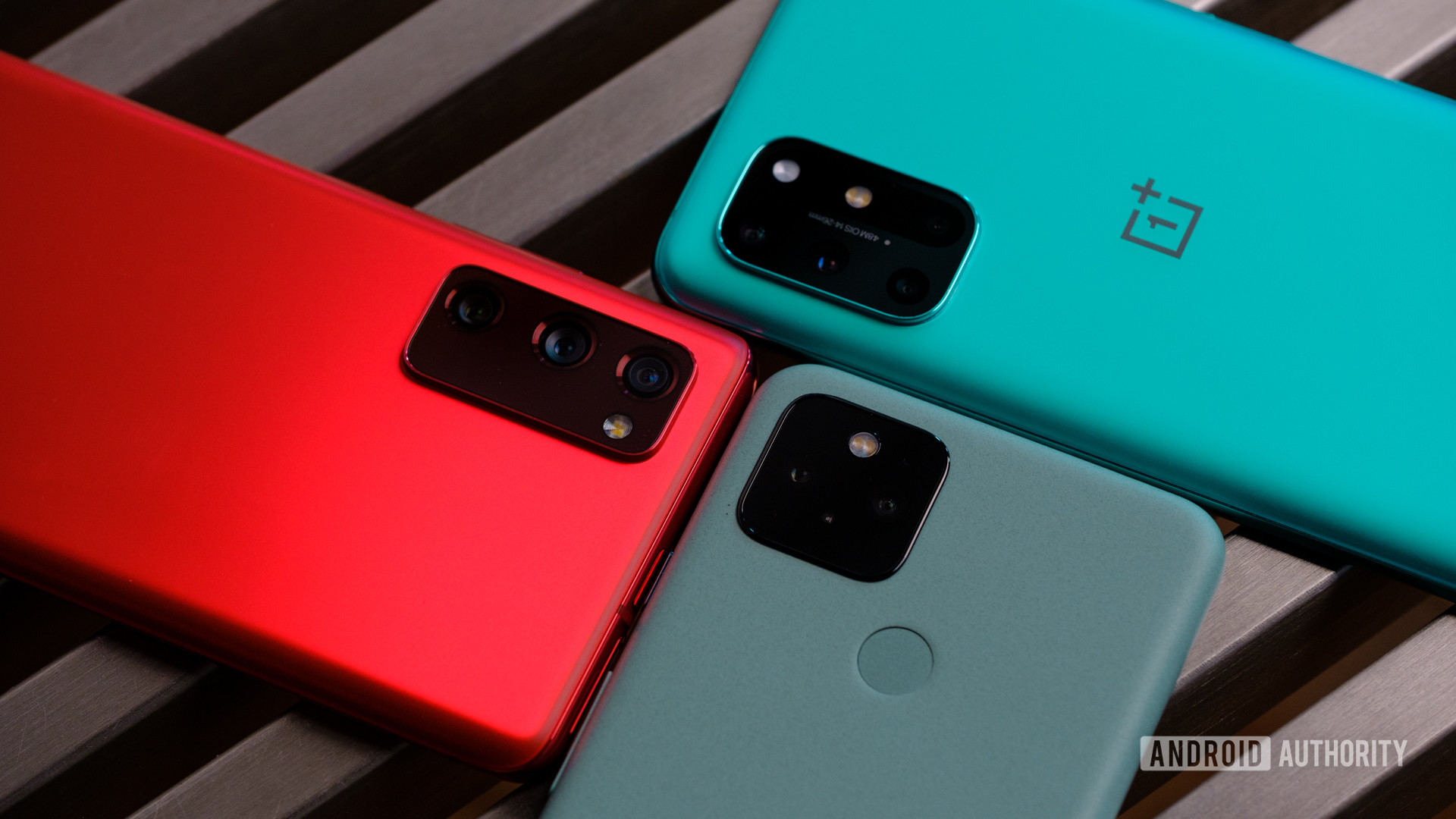
The Google Pixel 5 is positioned as a value proposition rather than an ultra-premium flagship and should be assessed as such. The phone offers one of the best camera packages at its price point, enough performance for everyday tasks, and a selection of higher-end features like wireless charging and a 90Hz display. It’s pretty good all-around and is quite exceptional when it comes to software. However, the design and older camera package won’t win over fans like they used to.
Google’s Pixel 5 offers very good value in the UK and Europe. The £599/€629 price tag feels fair given the higher-end features the phone offers and is very competitively priced against its rivals. The Pixel 4a 5G is still uncomfortably close at £499/€490, but some may be able to justify the extra expense for wireless charging and a nicer display.
See also: The best Google Pixel 5 alternatives
In the US, the $699 price point is not quite such a good deal. Apple’s iPhone 12 Mini starts at $699, while the Samsung Galaxy S20 FE can be snagged for just $599. There’s also the OnePlus 8T around the same price point too if you’re after a bigger phone with more processing power and ultra-fast charging.
Ultimately, the added expense of mmWave support in the US makes the phone a tougher sell. Verizon is the only network with anything resembling usable mmWave coverage at the moment, but even that’s a limited experience. Yes, the US model is somewhat futureproofed, but faster and more efficient 5G phones will have come along by the time mmWave is ubiquitous. If you don’t want mmWave, the Pixel 4a 5G saves you $200 while providing the bulk of Google’s flagship experience. It’s probably the better pick.
While the hardware is just good enough, Google's software is unequivocally first class.
The Google Pixel 5 is a good phone, verging on great. But there’s tough competition at the $700 price point that prevents Google from hitting a home run. The small differences between the Pixel 5, 4a 5G UW, and 4a 5G result in a cramped portfolio that is begging for clearer differentiation. I’d like next year’s Pixel 6 to be a more notable step up than Google’s mid-rangers, even if Google stays on this sub-flagship trajectory.
European and global customers should definitely consider the Pixel 5 for their next purchase. In the US, I’d give the Pixel 5 more serious contemplation if/when you can pick it up at a discount.
